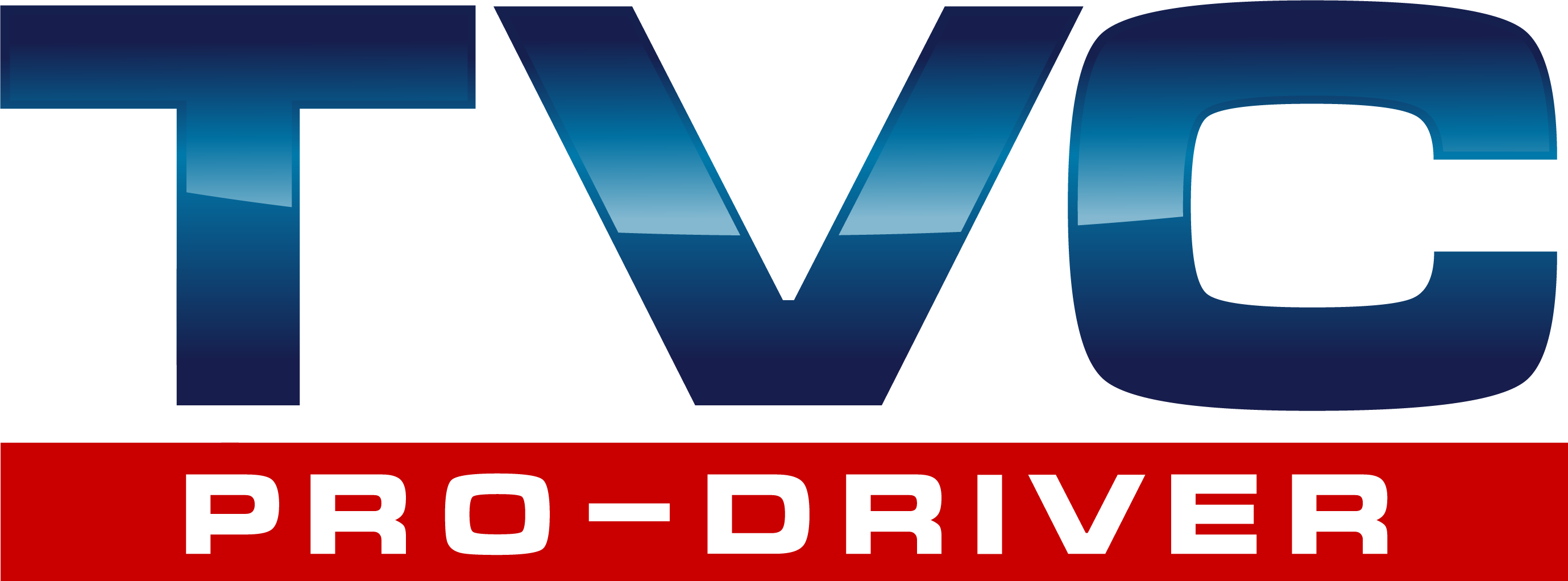In the world of fleet management, ensuring the safety of drivers and passengers is paramount. One of the most effective ways to enhance safety is through seat belt use. Despite widespread awareness of their importance, many drivers still neglect to buckle up. This blog post explores actionable strategies to increase seat belt use rates within fleets, ultimately leading to safer roads and reduced accident-related costs.
Establish a Clear Policy
Creating a comprehensive seat belt policy is the foundation for promoting safe driving practices. This policy should include:
- Mandatory Seat Belt Use: Clearly state that all drivers and passengers must always wear seat belts.
- Consequences for Non-Compliance: Outline the repercussions for failing to adhere to the policy, including disciplinary actions.
- Regular Training Sessions: Schedule training programs to educate drivers about the importance of seat belts and the potential consequences of not using them.
Related: The Importance of Safety Training and Protocols for Drivers
Lead by Example
Leadership plays a crucial role in setting the tone for safety practices. Fleet managers and supervisors should:
- Demonstrate Compliance: Always wear seat belts and encourage other team members to do the same.
- Share Personal Stories: Discuss experiences or incidents where seat belt use made a difference, reinforcing that safety is a shared responsibility.
Implement Technology Solutions
Modern technology can significantly enhance seat belt compliance. Consider the following tools:
- Telematics Systems: Invest in telematics solutions that monitor seat belt use, providing real-time feedback to drivers.
- Alerts and Reminders: Utilize in-vehicle systems that remind drivers and passengers to buckle up before starting the vehicle.
Related: How to Use Telematics Data to Reduce Insurance Costs for Your Fleet
Conduct Regular Audits
Regular audits can help identify areas for improvement in seat belt compliance. Fleet managers should:
- Perform Spot Checks: Randomly check vehicles to ensure all occupants use seat belts.
- Analyze Data: Review telematics data to identify trends and determine which drivers need additional support or motivation.
Create a Culture of Safety
Fostering a culture that prioritizes safety can significantly impact seat belt use. Strategies include:
- Safety Champions: Appoint safety champions within the fleet who can advocate for seat belt use and offer support to their peers.
- Incentive Programs: Establish incentive programs that reward drivers for consistent seat belt use, creating a positive reinforcement loop.
Related: How Fleet Managers Can Create Safety Incentive Programs
Engage with Drivers
Open communication with drivers is essential for understanding their concerns and motivations. Consider the following:
- Surveys and Feedback: Regularly solicit feedback from drivers about their experiences and any obstacles they face in buckling up.
- Workshops and Discussions: Host workshops encouraging discussion about safety practices, allowing drivers to share their thoughts and suggestions.
Leverage Visual Reminders
Visual cues can serve as constant reminders for drivers and passengers. Implement strategies such as:
- Stickers and Signage: Place reminders in vehicles, such as stickers on dashboards or signs on the rearview mirror, to prompt seat belt use.
- Promotional Materials: Distribute materials that highlight the importance of wearing seat belts, such as posters or flyers.
Increasing seat belt use rates in fleets requires a multifaceted approach that combines policy enforcement, technology and cultural change. By establishing clear policies, leading by example, and engaging with drivers, fleet managers can create an environment where safety is prioritized.
The benefits extend beyond compliance; they contribute to a safer driving experience, reduced accident rates, and a more efficient fleet operation. Embracing these strategies can help save lives and protect valuable assets, significantly impacting overall fleet safety.













